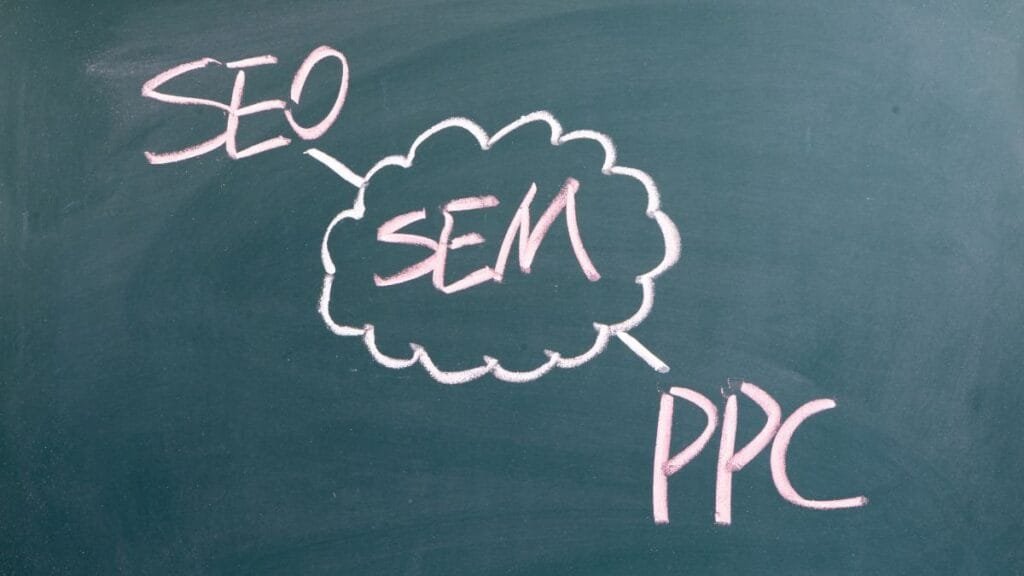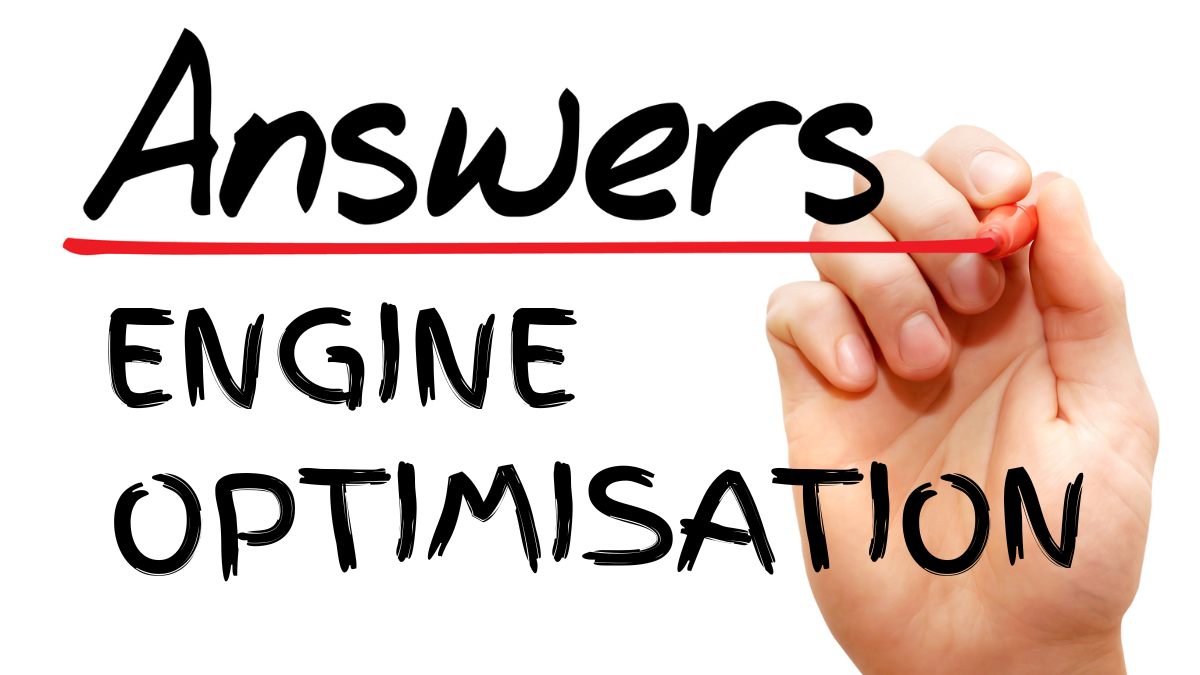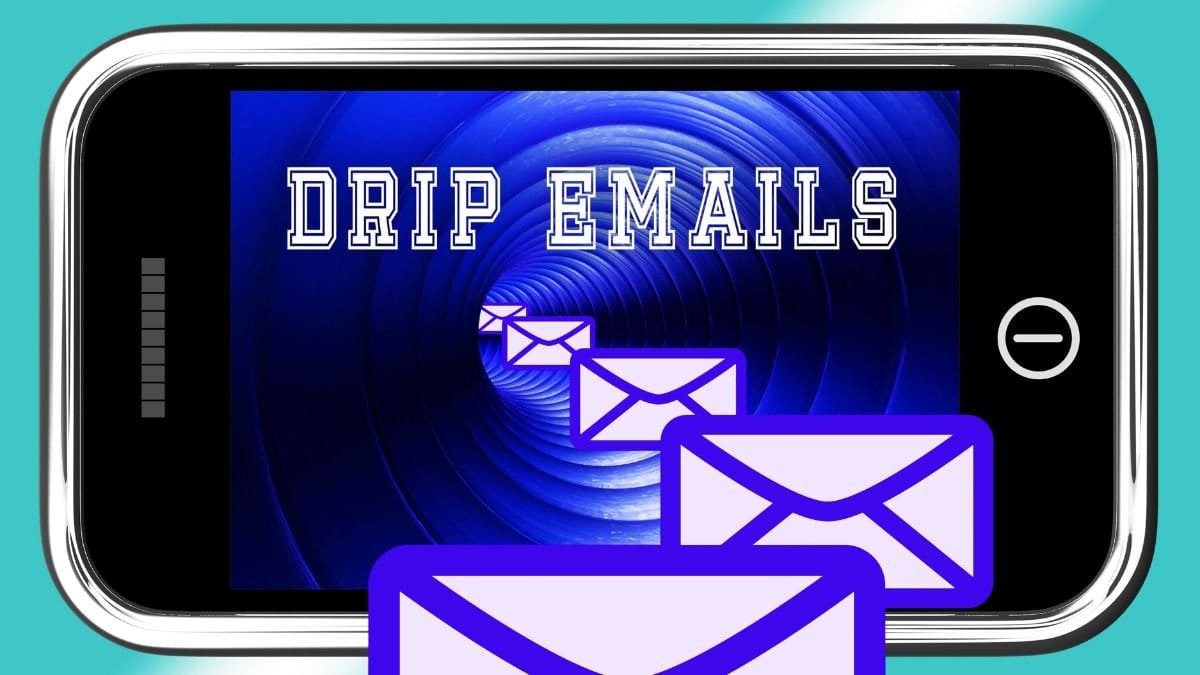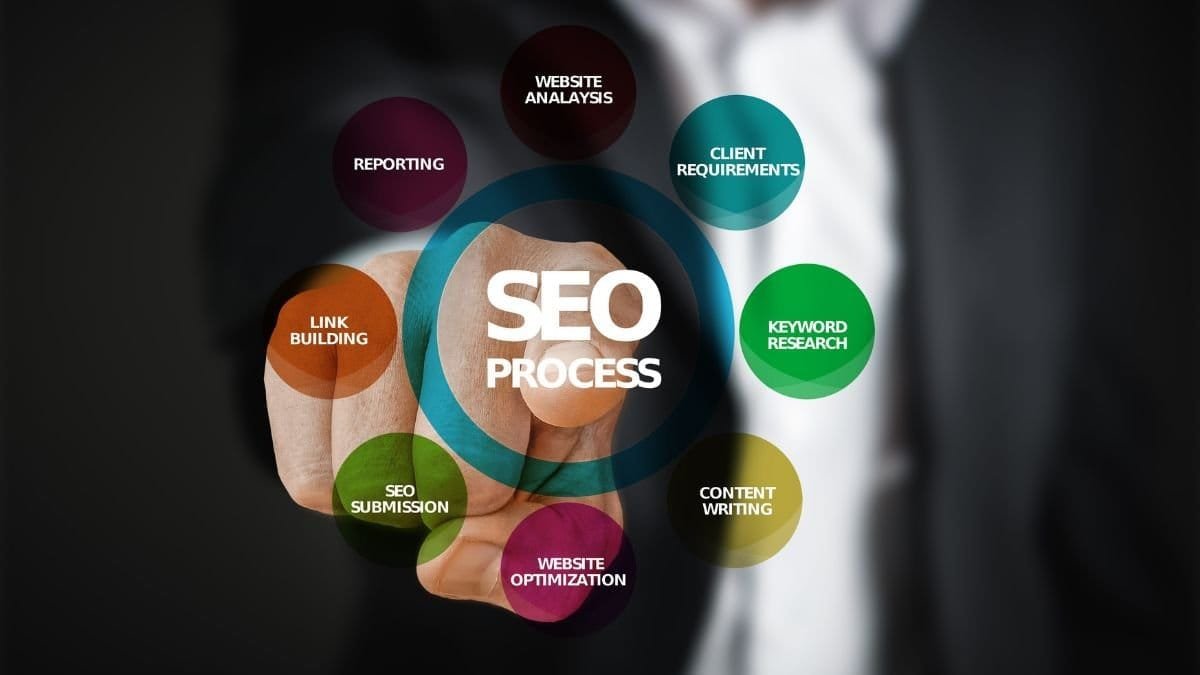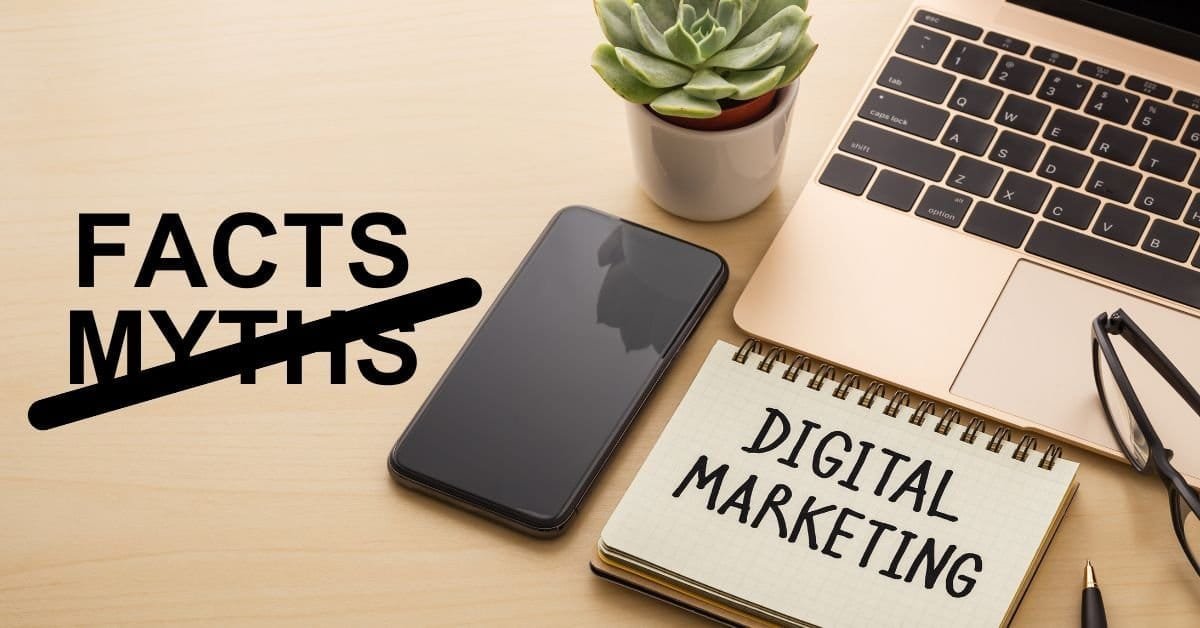What is Pay-Per-Click (PPC) Advertising?
Pay-per-click (PPC) advertising is a digital marketing strategy where advertisers pay a fee each time one of their ads is clicked. It is a way to buy visits to your site, rather than attempting to “earn” those visits organically. PPC advertising is widely used on search engines such as Google, Bing, and Yahoo, where businesses bid for ad placement based on specific keywords that match their products or services.
For example, if a user searches for “best running shoes,” a business selling running shoes might have their ad displayed at the top of the search results, marked as a sponsored result. This approach ensures that businesses can reach potential customers at the exact moment they are searching for relevant products or services.
Beyond search engines, PPC advertising is also common on social media platforms like Facebook, Instagram, Twitter, and LinkedIn. These platforms allow businesses to create highly targeted campaigns by specifying demographics, interests, behaviors, and even device types. This versatility makes PPC a cornerstone of modern digital marketing strategies.
How Does PPC Advertising Work?
PPC operates on a bidding system, often referred to as the ad auction. Here’s how it works:
Keyword Bidding: Businesses select keywords they want their ads to appear for. They set bids indicating how much they are willing to pay for a click on their ad.
Ad Placement: When a user searches for a keyword, search engines or social media platforms determine which ads to display. This decision is based on a combination of the advertiser’s bid and the ad’s Quality Score, which includes factors like relevance, landing page quality, and click-through rate (CTR).
Cost Per Click (CPC): If a user clicks on the ad, the advertiser is charged an amount calculated based on their bid and the competition for that keyword. The CPC can vary significantly depending on the industry and keyword competitiveness.
Landing Pages: After clicking, users are directed to a landing page designed to encourage conversions, such as completing a purchase, filling out a form, or signing up for a service.
Benefits of Pay-Per-Click Advertising
PPC advertising offers numerous benefits for businesses of all sizes. Here’s an expanded look at the advantages:
1. Highly Targeted Advertising
PPC enables businesses to precisely target their ideal customers. Using advanced targeting options, businesses can focus on:
- Keywords: Show ads to users searching for specific terms.
- Demographics: Reach audiences based on age, gender, income, or location.
- Interests and Behaviors: Target users who have shown interest in similar products or services.
This precision minimizes wasted ad spend and maximizes return on investment (ROI).
2. Immediate Results
Unlike Search Engine Optimization (SEO), which can take months to show significant results, PPC delivers immediate visibility and traffic. Ads go live as soon as campaigns are launched, making PPC ideal for time-sensitive promotions or new product launches.
3. Budget Control and Cost Efficiency
PPC allows advertisers to set daily or monthly budgets, ensuring they stay within their financial limits. Importantly, advertisers only pay when their ads receive clicks, making it a cost-effective way to generate leads or sales.
4. Measurable Results
PPC platforms provide detailed analytics, such as:
- Click-through rates (CTR).
- Conversion rates.
- Cost per acquisition (CPA).
These insights enable data-driven decisions, helping businesses optimize their campaigns for better performance.
5. Enhanced Brand Visibility
Even if users don’t click on an ad, seeing it at the top of search results or social media feeds can improve brand recognition and credibility over time.
6. Customizable Campaigns
PPC campaigns can be tailored to specific goals, such as driving sales, increasing sign-ups, or promoting events. This flexibility makes PPC suitable for businesses across various industries.
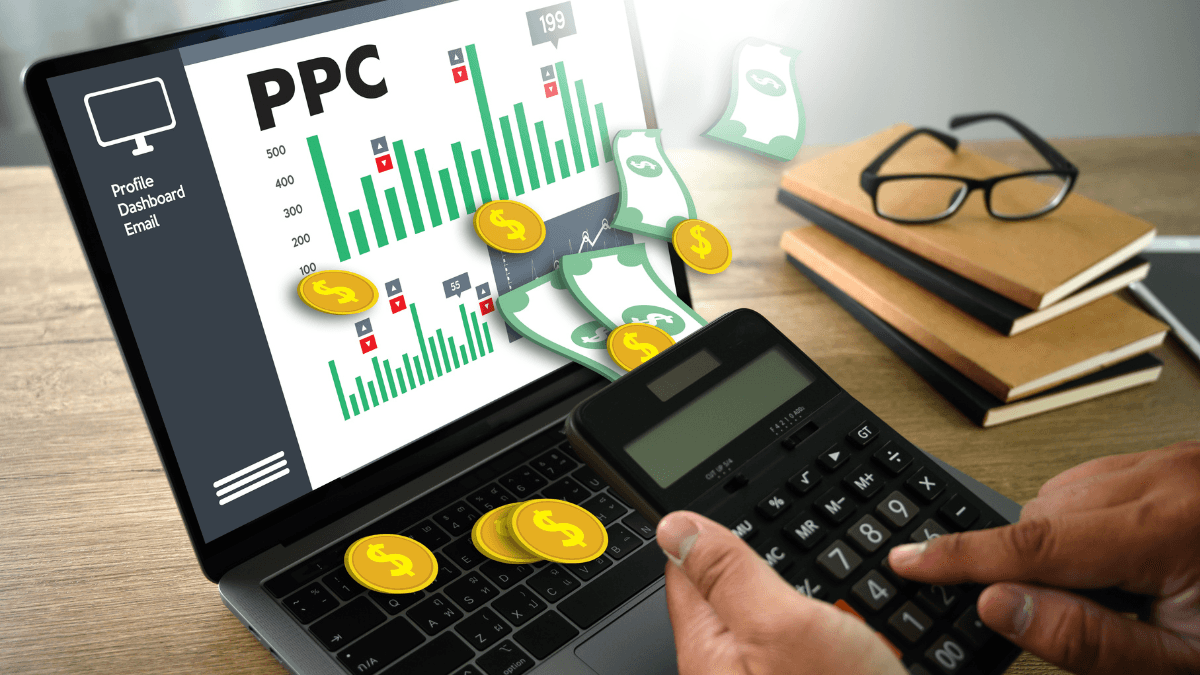
Implementing an Effective PPC Campaign
Launching a successful PPC campaign involves a strategic approach. Here are the key steps to ensure effectiveness:
1. Define Campaign Goals
Start by identifying what you want to achieve with your campaign. Examples include:
- Increasing website traffic.
- Generating leads.
- Boosting eCommerce sales.
Clear goals provide direction and help measure success.
2. Conduct Thorough Keyword Research
Keyword research is essential for targeting the right audience. Tools like Google Keyword Planner and SEMrush can help identify:
- High-value keywords with good search volume.
- Long-tail keywords with lower competition.
- Negative keywords to exclude irrelevant searches.
3. Craft Compelling Ads
The success of PPC campaigns depends on creating ads that grab attention and drive clicks. Key elements include:
- Engaging Headlines: Use keywords and highlight unique selling points (USPs).
- Clear Call-to-Action (CTA): Encourage users to take the desired action (e.g., “Shop Now,” “Learn More”).
- Relevance: Ensure the ad copy matches the user’s intent.
4. Optimize Landing Pages
Landing pages should align with the ad and provide a seamless experience for users. Best practices include:
- Fast-loading pages.
- Clear and concise content.
- Prominent CTAs (e.g., “Sign Up Today”).
- Mobile-friendly design.
5. Set Up Conversion Tracking
Implement tools like Google Analytics to monitor conversions and measure ROI. This helps in identifying areas for improvement.
6. Monitor and Adjust Campaigns
PPC campaigns require constant monitoring to ensure optimal performance. Key adjustments may include:
- Modifying keyword bids.
- Testing different ad variations (A/B testing).
- Refining audience targeting.
Common Challenges in PPC Advertising
While PPC is highly effective, it comes with its challenges:
- Competition: High-value keywords often have intense competition, driving up costs.
- Click Fraud: Competitors or bots clicking ads can inflate costs without generating value.
- Ad Fatigue: Users may stop engaging with repetitive ads, requiring frequent updates.
Addressing these challenges requires strategic planning, regular monitoring, and adapting to changing trends.
Emerging Trends in PPC Advertising
As digital marketing evolves, PPC continues to innovate. Key trends include:
1. Automation and AI
AI-powered tools like Google Ads Smart Bidding help optimize bids and targeting, making campaigns more efficient.
2. Voice Search Integration
With the rise of voice assistants, targeting conversational keywords is becoming increasingly important.
3. Video Advertising
Platforms like YouTube allow advertisers to engage users with video ads, which have higher engagement rates than static ads.
4. Omnichannel PPC
Combining ads across platforms (e.g., Google Ads, Facebook Ads) provides a cohesive user experience and maximizes reach.
Conclusion
Pay-per-click advertising is an invaluable tool for businesses aiming to increase their online visibility, drive targeted traffic, and achieve measurable results. Unlike traditional advertising methods, PPC offers flexibility, cost efficiency, and immediate impact, making it an essential component of any digital marketing strategy.
By understanding how PPC works, leveraging its benefits, and implementing best practices, businesses can maximize their ROI and achieve their marketing goals. As trends like AI and video advertising reshape the PPC landscape, staying informed and adaptable will ensure long-term success.
Ready to take your marketing to the next level? Start your PPC campaign today and watch your business grow!
